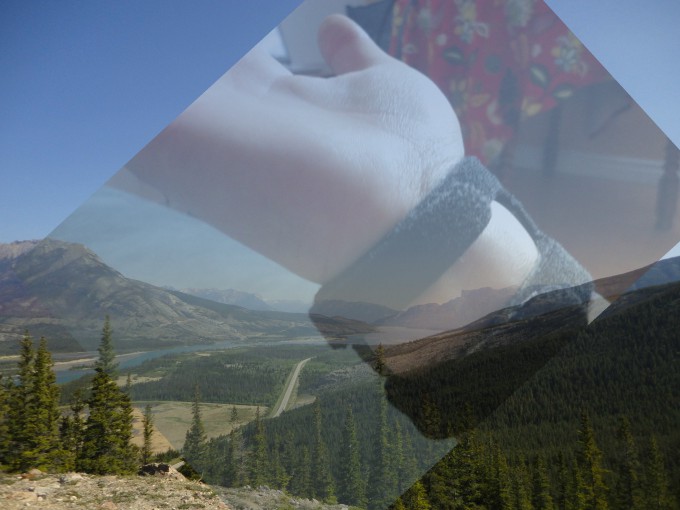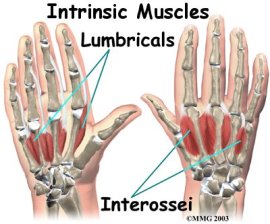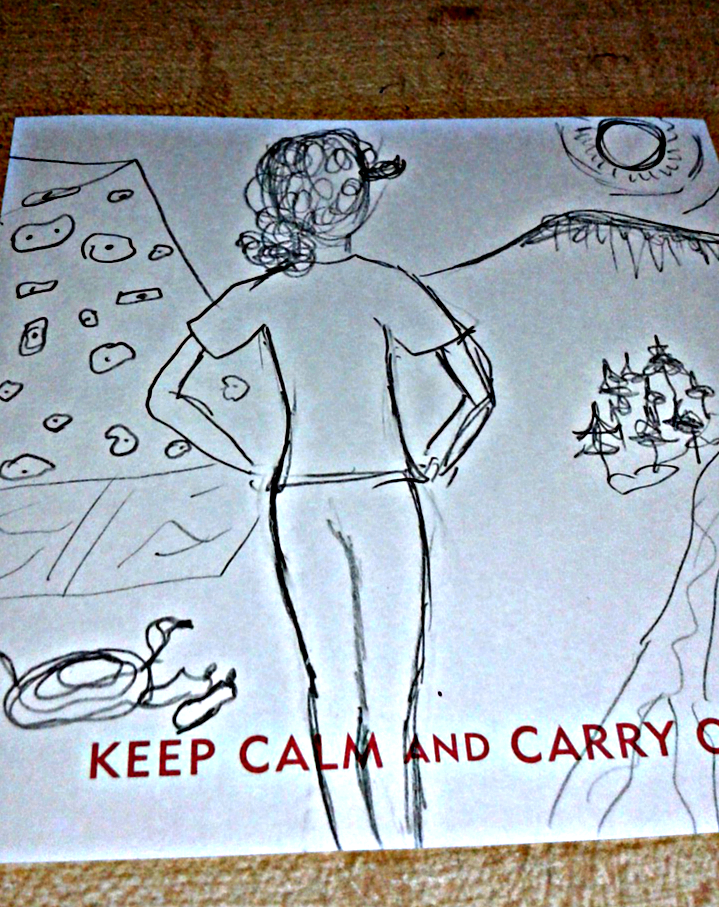
February last year, I quit climbing to focus on healing my body. My right wrist, coincidentally my dominant one, had gotten to the point where it ached constantly to the point it even kept me up at night. Here I am a year later, sans climbing but still breathing!
For a complete history of my wrist’s treatment and healing process, see my previous articles on TFCC tears, PRP therapy, and my section on the emotional side of dealing with injuries.
Year One Update
Original injury: 14 months ago
Days without climbing: 341
Imaging: X-ray, ultrasound and MRI
Treatments received: physiotherapy, acupuncture/IMS, PRP injection
The Healing Crew: physiotherapists, sports medicine doctor, hand surgeon, occupational therapist
Current Rehab Path:
PRP Treatment:
The TFCC is the triangle of cartilage that sits at the ulnar side of where your hand and forearm join. It basically stabilizes every action you do with your hand and your arm, so damage to this location is tricky to heal.
My surgeon gave me one plasma injection into my TFCC to try and stimulate regrowth and avoid the alternative invasive surgery.
Pain level: This injection was pretty painful. Since I have a small wrist, he first injected me with a local anesthetic because the pressure that builds inside the joint as they inject all the plasma becomes very uncomfortable and painful. it feels like you’re a tire being pumped full of air. The surgeon had his intern hold down my arm to stabilize it as he poked the needle deep in at a bunch of different angles to reach the affected area.
For a couple days after the injection I had to keep my wrist pretty still– I felt a searing pain when I touched or moved it. By about a week afterwards my wrist stabilized and pretty much plateaued at its previous state.
Rehabilitation Plan:
I went into my post-PRP checkup expecting to be scheduled for surgery– I hadn’t noticed any improvement in my pain levels, in fact my wrist seemed more irritable since the injection. However, after poking and prodding my wrist, the surgeon said the mobility and painfulness to the touch had vastly improved since the procedure, and he wouldn’t consider operating on me!
What did this mean? Am I better? Can I climb again soon!?
The surgeon passed me on to the occupational therapy unit at the hospital that specializes in hands. The therapist, Diane, assessed my strength, range of motion, and measured the mobility of each of my joints. However, she still wasn’t able to pronounce a definitive assessment of the problem, or time frame.
My wrist is neither bad enough to warrant surgery, nor good enough to resume pulling/pushing activities. Diane, my therapist, pulled out Petzl’s book on climbing injuries, ‘One Move Too Many,’ and showed me the note made beneath the estimated healing times for different overuse injuries:
Climbers often don’t believe how long these injuries take to heal, and may continue to push them too far.

I asked her straight out whether I’d be able to get back into climbing in the near future. She gave me a time frame of around 3-5 years to fully heal. She spoke the harsh truth that my healing process would be a long road.
She told me that most of this long road would not be her “doing things” to heal me– it would be allowing my wrist the time to tighten and stabilize.
The Long Road
Diane’s advice is something that’s hard to hear, and something of which most of us climbers prefer to remain in denial. However, after a year of not climbing, it didn’t really shock me. I’ve reached a point where the sense of urgency to get back on the wall has dissipated/been brutally quashed, and I’m starting to see healing as more of a spiritual journey. I have a lot I’m working on moving on from, and a lot that I’m trying to move towards.
I’ve applied for a brilliant summer job working at a trails/parks info desk in the mountains. This is something I’ve dreamed of since I was a little girl, and it would be my first venture living alone! If I get the job, I see myself taking morning walks every day, spending lots of time writing and reading, and learning to trust my independence.
So, somehow, this time-frame of the “long road” seems about right. I’d sure like to hit the highway and travel 😛 But most of all, I’d love to become at peace with the moment. If I can learn to be patient in this modern, rushed world, what a strength that’d be.
In the moment:
I have two things I’ve been commissioned to do by Diane for the moment. 1) Wear my wrist splint to reduce wear and tear on my hypermobile joint, and 2) Do a light stretch for my inner palm muscles.
As she read in the One Move Too Many book, Diane told me that the muscles that surround each of the finger bones on the inside of your palm often get to strong and tight in climbers. (If I remember correctly, I think these muscles are called the lumbricals.) This can curl your joints inwards, reducing range.


To increase the mobility of these palm muscles, I’m supposed to curl my fingertips inward so that they touch my upper palm, then flex the back of my fingers upwards.
If you try this stretch, make sure your fingertips stay touching your upper palm throughout the whole stretch, and don’t overdo it. Most of the inner palm muscles must be stretched actively like this, however you can also push each curled finger up individually to stretch the final palm muscle.
So, if you’re worried you may have a wrist injury, please go have it checked out by a physiotherapist or family doctor. Keep in mind the long road of climbing adventures that you want to continue down far into the future, and recognize that sacrifices may have to be made in the present (be it a week or a year off the wall).
Click here 🙂 for some advice on what to do if you’re concerned you may have a climbing injury.
Click here 🙂 for some food-related lyfe tips for the suffering soul.
Click here 🙂 for some light-hearted benefits of NOT climbing.
Click here 🙂 to learn more about rock climbing.
~Wish you all the best in healing!~
Anatomical diagram of TFCC: https://www.arthrex.com/hand-wrist/tfcc-tears
Anatomical diagram of intrinsic palm muscles: http://eorthopod.com/hand-anatomy/
**Keep in mind I’m not a health expert/practitioner! If you’re concerned about an injury, please seek the advice of your doctor.







Any change in your condition? Did your DR suggest more than one round of PRP. I am considering it and the doctor I saw says it takes at least 2 possibly 3 injections.
LikeLiked by 1 person
Hi Susan,
I have had great improvement over the last 4 months. My wrist can now support a portion of my bodyweight and I did a variety of yoga and scrambling in the mountains over the summer. I have yet to get a third PRP injection and you’ve reminded it’s probably time for me to schedule a check-up appointment with my doc. My doctor told me the same thing– it sometimes takes 2 or 3 rounds, though the first shot should supposedly yield the greatest improvement. If your doctor recommends it, it’s probably worth a try!
Cheers and all the best in your recovery.
LikeLike
Hey there! I’m looking into PRP for my TFCC tear. Just wanted to see how you were doing!
LikeLiked by 1 person
Hey Brandon,
Not much has changed since this last update, I’m still working through the light stretching and strengthening exercises from my OT.
One recent development is that I’m now able to handwriting without taping/bracing wrist, which is a HUGE improvement from where I was 1 year ago! 🙂
Cheers and best of luck with your recovery.
LikeLike